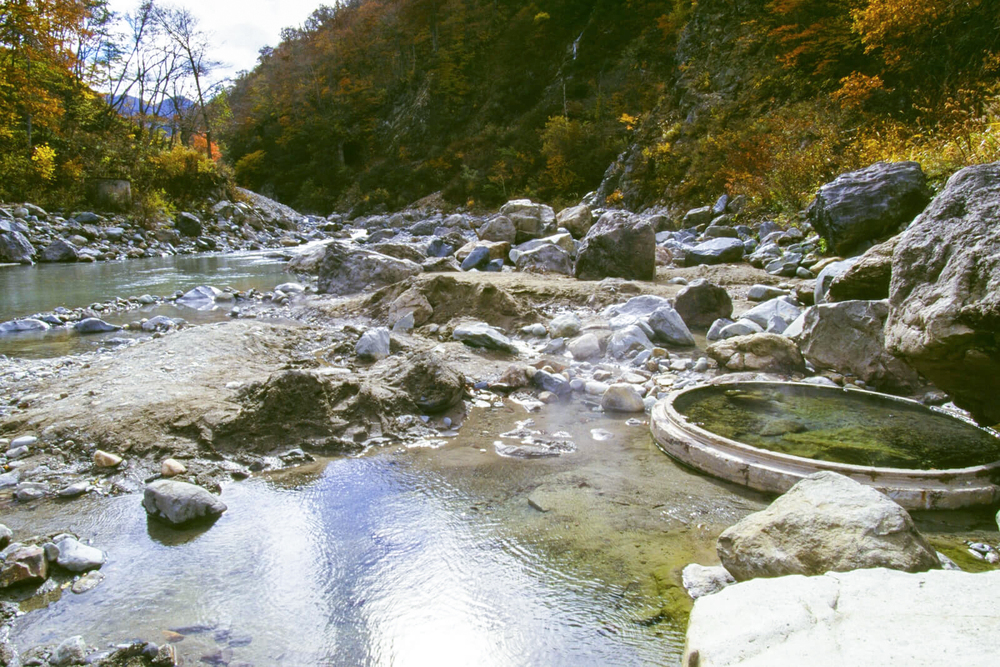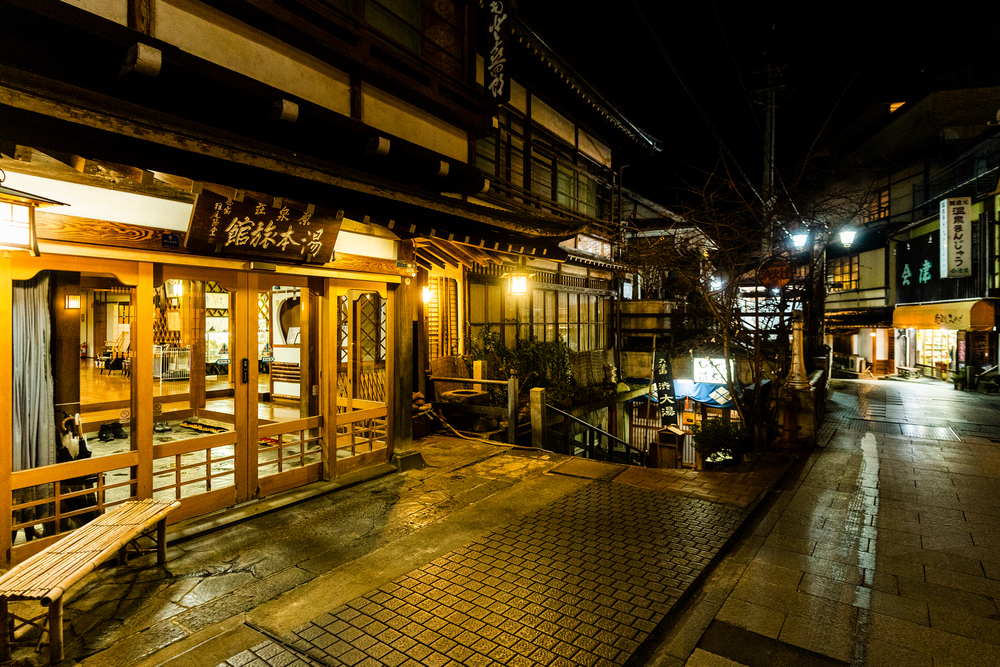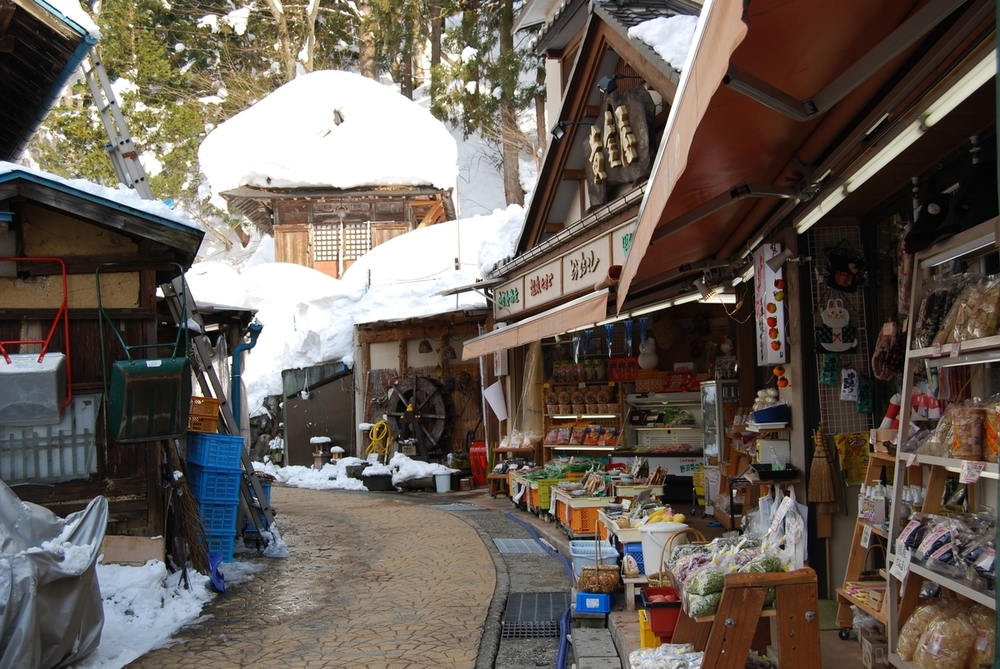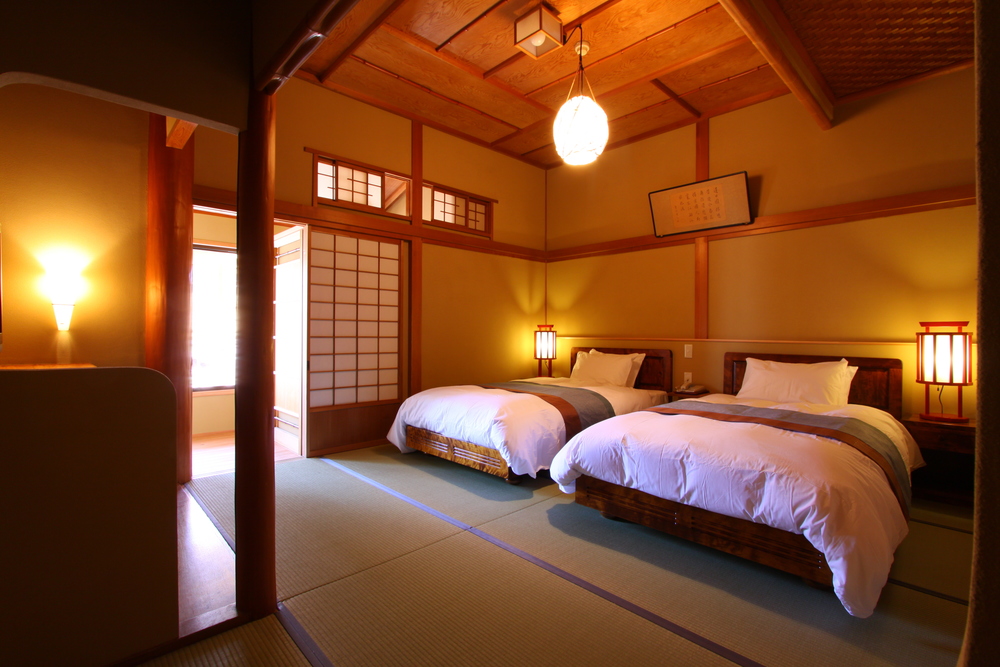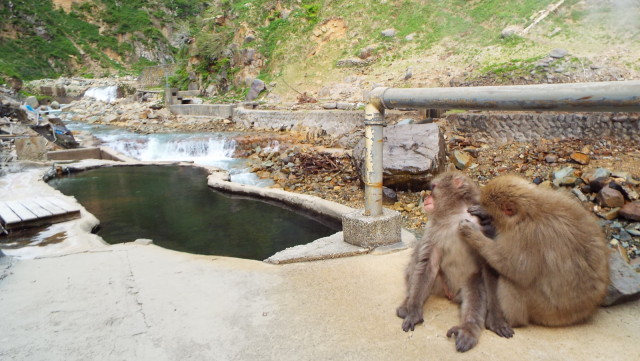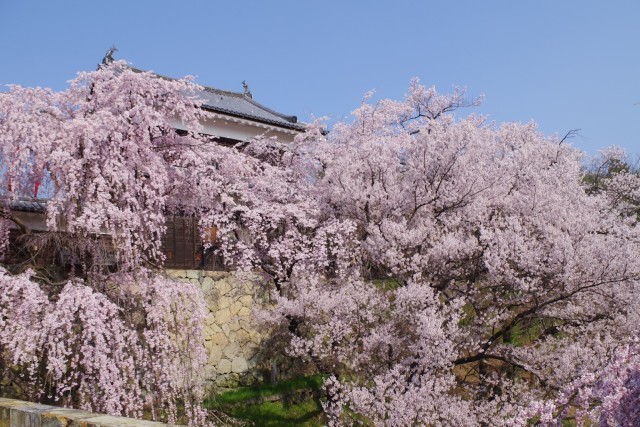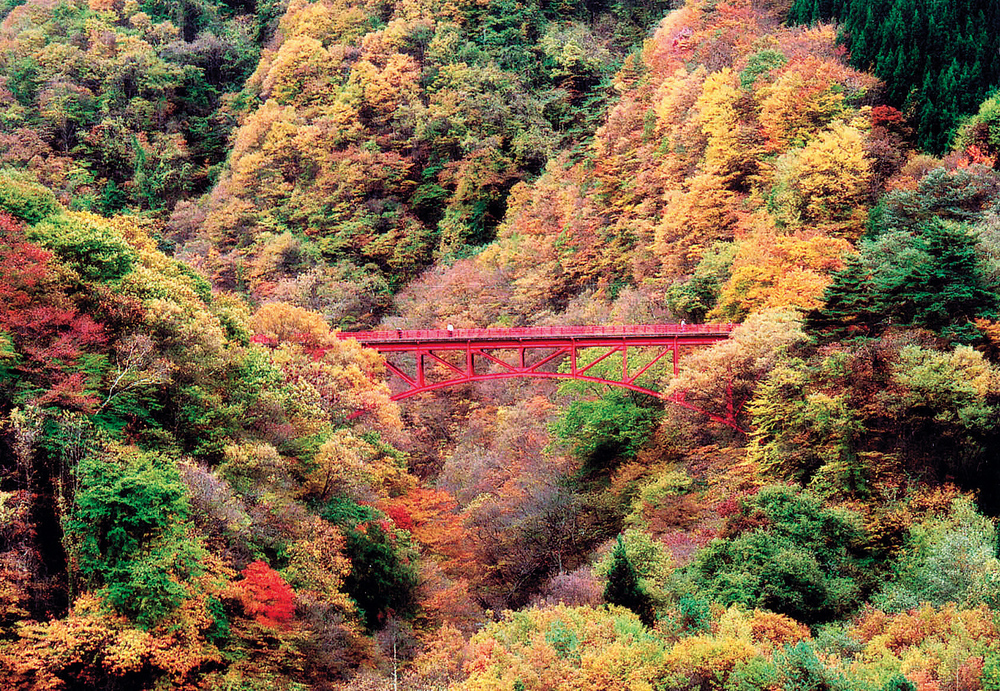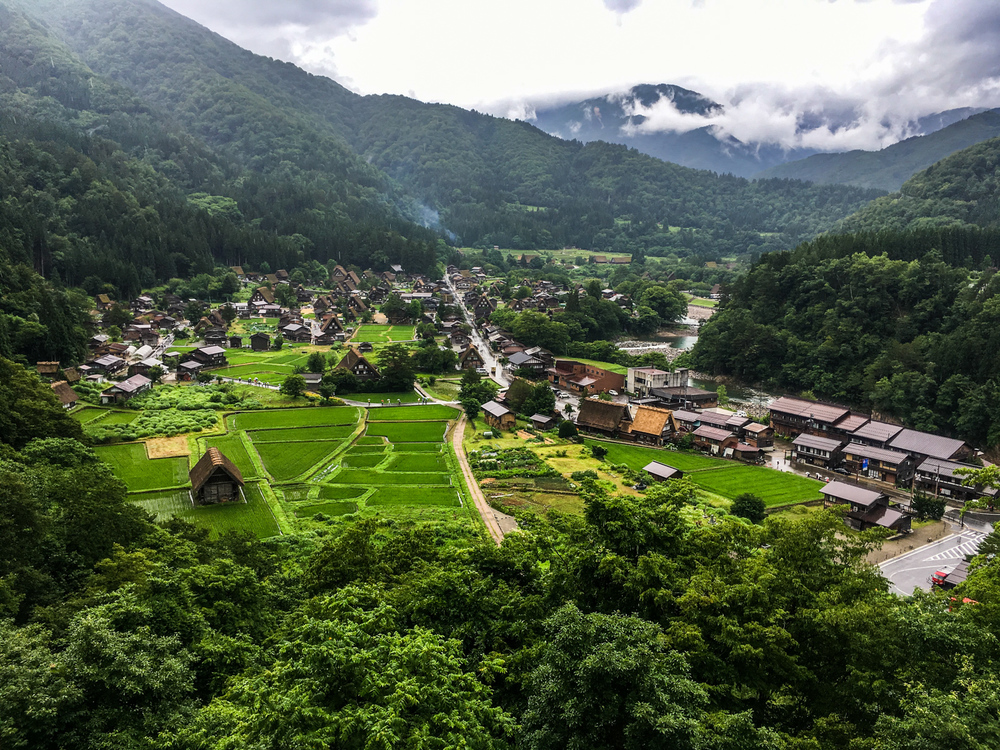The Highest Hot Springs in Japan
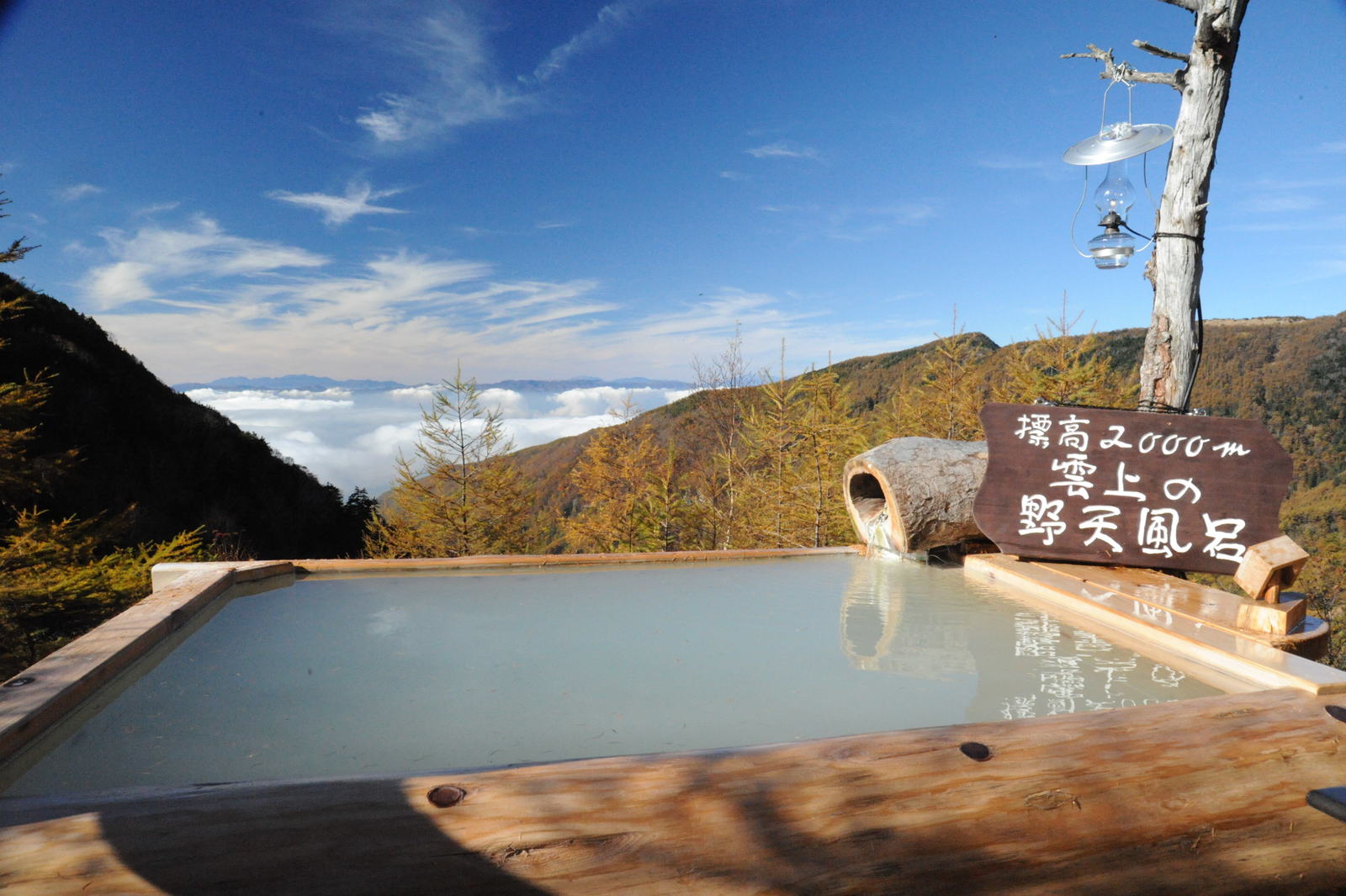
You can find Japan's highest altitude hot springs in the Japanese Alps.
Japan is a haven of hot springs. Wherever you go, whether you’re visiting the city or the countryside, the beaches or the mountains, one thing is certain: a hot spring is not far away.
As of 2016, there are 3,038 hot spring areas around the country, and thanks to volcanic and geothermal activity here, hot springs can appear just about anywhere, from low-lying riverbeds to lofty highland plateaus.
That makes us wonder: where can you find the highest hot springs in Japan? In the Japanese Alps, of course.
Japan's Highest Altitude Hot Springs
6. Takamine Onsen (2,000m)
At the foot of Mt. Asama is Takamine Kogen, a 2,000-meter-high plateau known for its excellent views of the Yatsugatake mountains and the Northern Japanese Alps. Numerous hiking courses run through the mountains here, notably to Mt. Kurofu, Mt. Takamine and volcanic Mt. Asama.
It also has one of the highest altitude hot springs in Japan: Takamine Onsen. Its history goes back over 100 years to when the source was first discovered on the hillside at an altitude of 1,700 meters. The original lodge was built here near the hot spring source, but due to a fire in 1978, it was rebuilt at its current 2,000-meter-high altitude, making it the sixth highest hot spring in Japan.
The hot spring source is 26 degrees Celsius and slightly alkaline, containing sodium bicarbonate, calcium, magnesium and sulfur. The milky blue waters are great for sore muscles and joints, as well as for gastrointestinal issues if you take a drink—not from the bath, of course.
There are four baths at Takamine Onsen. One indoor bath, called Lamp no Yu, can be accessed by non-guests, but for the best views, you’ll want to spend the night and soak in their above-the-clouds outdoor bath.
Details
5. Natsuzawa Kosen (2,060m)

The Yatsugatake mountains are an icon of the central Nagano region and a source of numerous hot springs, two of which make the top 5 highest altitude hot springs in Japan.
The second highest hot spring in the Yatsugatake area, or number 5 overall, is Natsuzawa Kosen at a staggering altitude of 2,060 meters high. The hot spring baths are part of the mountain lodge of the same name, which sits below Mt. Neishidake (2,603m) and Minenomatsume (2,567m). Despite its wild surroundings, the lodge is quite accessible. The nearest parking lot, Sakuradaira, is just 30 minutes away on foot.
When in the mountains, hikers often have to make do without showering. But thanks to the natural hot springs here, Natsuzawa Kosen can run its baths year-round. Not only can you get clean, but also soak in mineral waters rich in metasilicic acid, which is said to hydrate the skin, hair and nails.
Even if you're not staying the night at Natsuzawa Kosen, you can still use the hot spring for a small fee.
Details
Iodake Sanso Group English site
4. Hakuba Yari Onsen (2,100m)
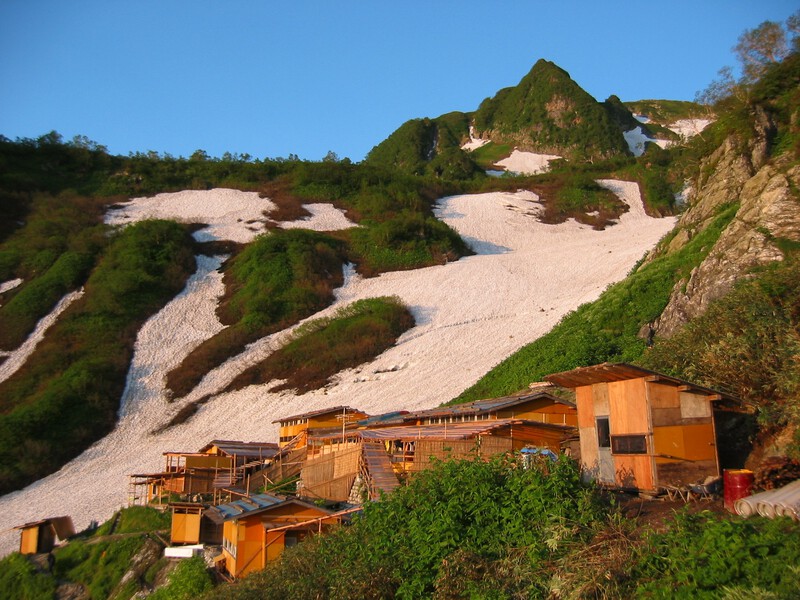
The fourth highest hot spring in Japan is Hakuba Yari Onsen at 2,100 meters high. It sits on the mountainside below Mt. Hakuba Yari (2,903m), one of the three iconic peaks of the Hakuba Valley.
Several outdoor baths overlook the valley from the mountain lodge here. While soaking in these 43.1°C mineral waters, you can even watch the sun rise. What better way is there to start a day on the mountains?
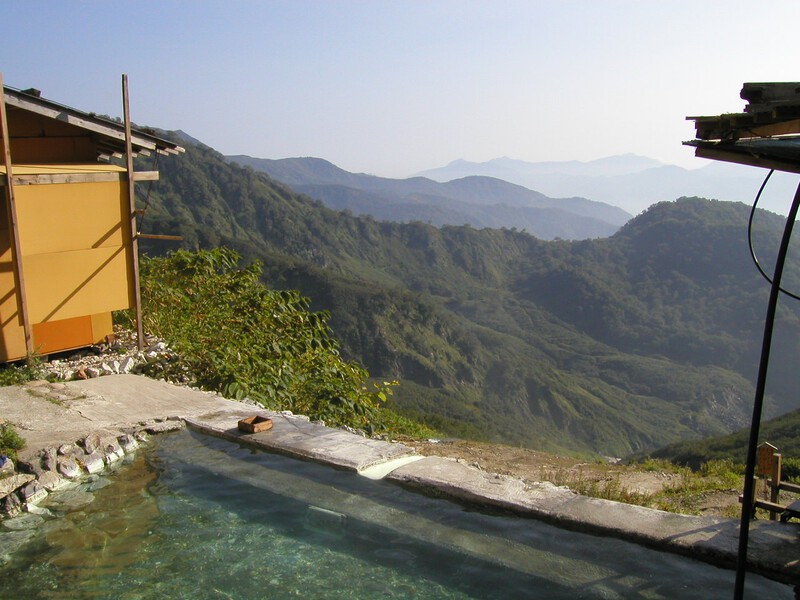
Due to the heavy snowfall in Hakuba, Hakuba Yari Onsen's lodge is taken apart at the end of the hiking season and rebuilt before the next.
The lodge and hot spring are closed for the 2021 season.
Details
Hakuba Yari Sanso PDF (English)
3. Takamagahara Onsen (2,130m)
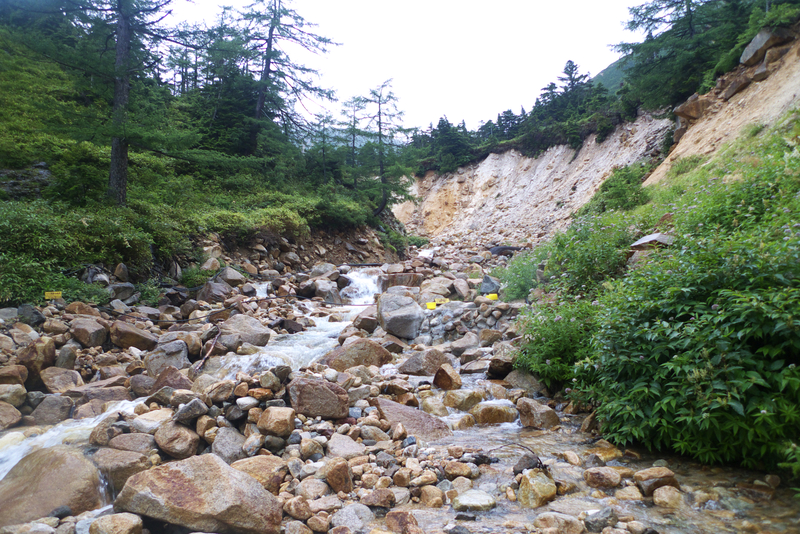
The third highest altitude hot spring in Japan also happens to be the country’s most remote. Located in a secluded valley in the Hida mountains, it’s only reachable on foot and takes over a day to get to even from the closest trailhead.
The hot spring water of Takamagahara flows directly into the baths built along the stream. There are three baths to choose from: Bijin no Yu, a women-only enclosed bath; Karamatsu no Yu, a shaded bath usually used only by men; and Noyu, the wild mixed bath. The water is lightly sulfuric and cloudy—which may help bathers feel less embarrassed when hanging out in the mixed bath.
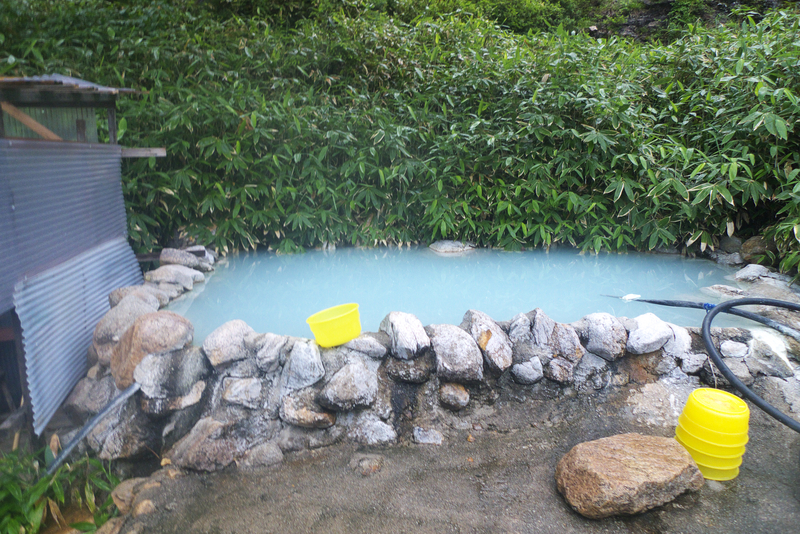
The springs are managed by the Takamagahara lodge about 30 minutes away.
2. Honzawa Onsen (2,150m)
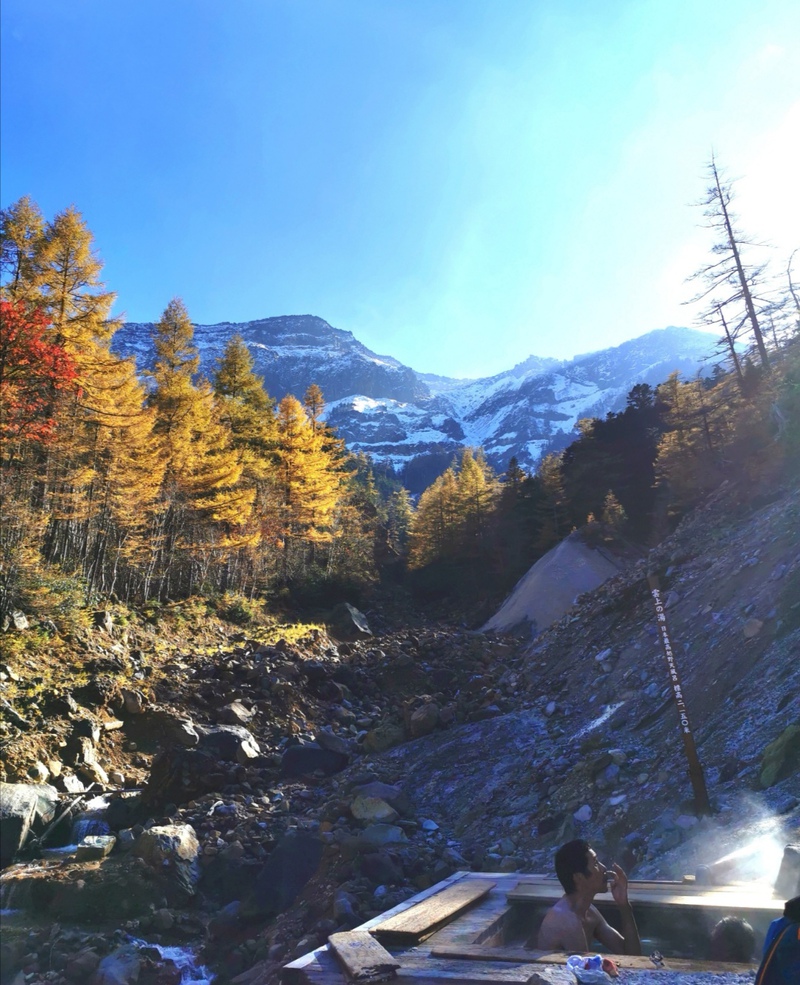
Honzawa Onsen, like Natsuzawa Kosen, is located in the Yatsugatake mountains in central Nagano. It is both the second highest altitude hot spring and also the highest altitude outdoor hot spring in Japan.
Honzawa Onsen’s outdoor hot spring bath sits on the slope of a rocky valley with excellent views of the volcanic crater of Mt. Iou (2,760m) above. The spring water has a cloudy, light-blue color and is rich in hydrogen sulfide, calcium and sodium.
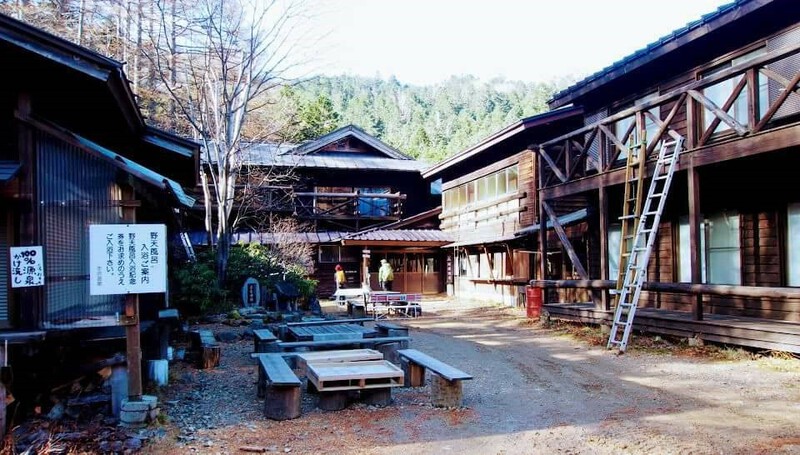
Unlike its slightly lower altitude sibling, it is not just an easy thirty-minute walk from the parking lot—but it is certainly worth the trek. From the Honzawa Onsen trailhead at the base of the mountain, it takes about 2.5 hours to reach the hot spring on foot.
Details
1. Mikurigaike Onsen (2,410m)
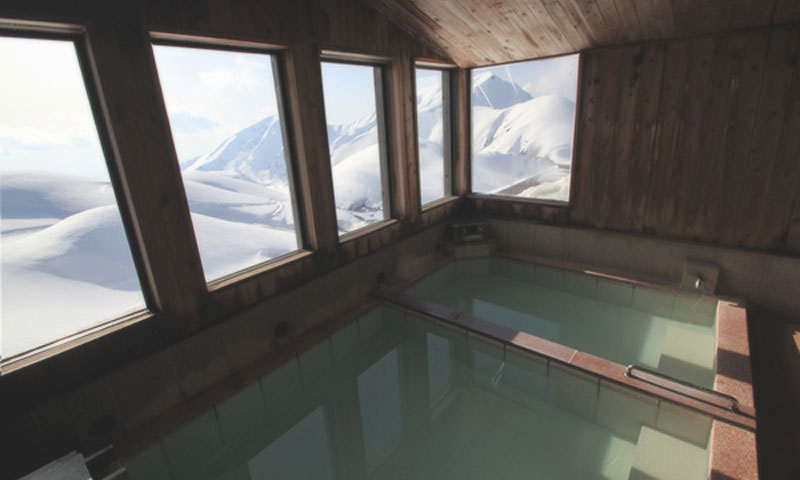
Located just a short 15-minute walk from the Murodo bus terminal along the Tateyama Kurobe Alpine Route, Mikurigaike Onsen is the highest altitude hot spring in all of Japan.
Gushing out from the Jigokudani spring at 45°C with a pH of 2.28, these milky blue waters are great for relieving sore muscles and fatigue after a long day outdoors. The hot spring baths here are also tennen kakenagashi, the gold standard of hot springs: the water isn’t reused, reheated or diluted.
From these indoor baths, the highest in all of Japan, you can enjoy the excellent alpine scenery of Tateyama.
Details
Mikurigaike Onsen English site
Update:2021/05/27


